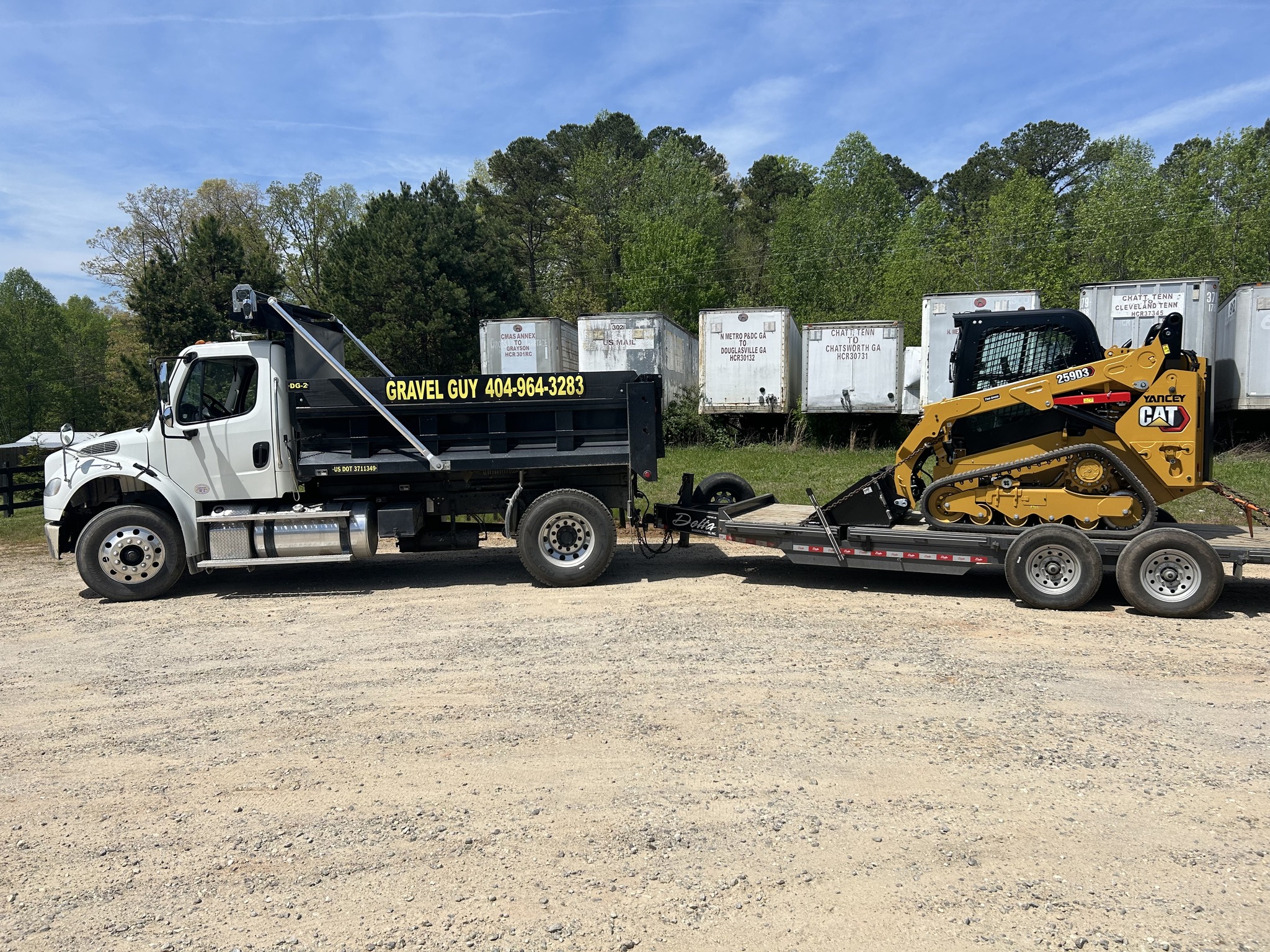
Maximizing Drainage Efficiency with Gravel: Tips and Techniques Nov 21, 2025
When considering drainage solutions, gravel stands out due to its excellent permeability and stability. It allows water to percolate through the ground, reducing surface runoff which can cause erosion and waterlogging. The strategic placement of gravel can significantly improve water management on your property, safeguarding structures, landscapes, and foundations.
Before implementing gravel for drainage, assess the area that needs attention. Determine the volume of water the site typically deals with, and identify low spots where water tends to accumulate. This information will guide you in selecting the right gravel type and size. Generally, round, irregular-shaped gravel offers the best drainage as it creates gaps and pathways for water to flow through.
A crucial tip is to use a layer of landscape fabric beneath the gravel. This fabric acts as a barrier that permits water penetration while preventing soil and sediments from clogging the drainage system. Implementing layers, such as a base of coarser gravel with finer gravel on top, can further refine water management by improving filtration while ensuring stability.
When installing gravel, it's essential to consider the slope of your landscape. Proper grading ensures that water moves away from structures and toward drainage areas effectively. A slope of one to two percent is typically sufficient for directing water flow without causing soil erosion.
Constructing a French drain is another technique that maximizes drainage efficiency with gravel. A French drain is a trench filled with gravel, containing a perforated pipe that redirects water away from unwanted areas. This system is particularly effective in areas prone to heavy rainfall. To build a French drain, dig a trench that slopes downhill from the problem area, place the perforated pipe surrounded by gravel, and cover it with soil or sod. This method not only manages water dispersion effectively but also has minimal visible impact on your landscape's appearance.
Regular maintenance is crucial to ensure lasting drainage effectiveness. Inspect gravel installations periodically for signs of clogging or erosion. Over time, debris may accumulate, hindering the gravel's ability to drain properly. Removing such debris and occasionally adding new layers of gravel can help maintain efficient drainage.
By understanding how to leverage gravel for drainage purposes, you can transform problematic areas into functional, well-drained sites. This not only extends the lifespan of your property structures but also prevents costly water damage. The Gravel Guy is committed to assisting you with selecting high-quality gravel products and professional installation services that enhance drainage efficiency.
To conclude, investing in gravel-based drainage solutions provides long-term value by protecting your property from water damage while supporting environmental health. It combines durability with functionality, ensuring that your outdoor space remains resilient against the challenges of excess water. Embrace the strategies discussed here, and rely on The Gravel Guy for quality products and expertise that ensure your drainage needs are met effectively.
/filters:no_upscale()/media/f0621ac6-32f4-45b9-a3cf-a07afd695083.jpg)
/filters:no_upscale()/filters:format(webp)/media/7676af6a-f7c5-4084-a0c8-70ad44f46593.jpeg)